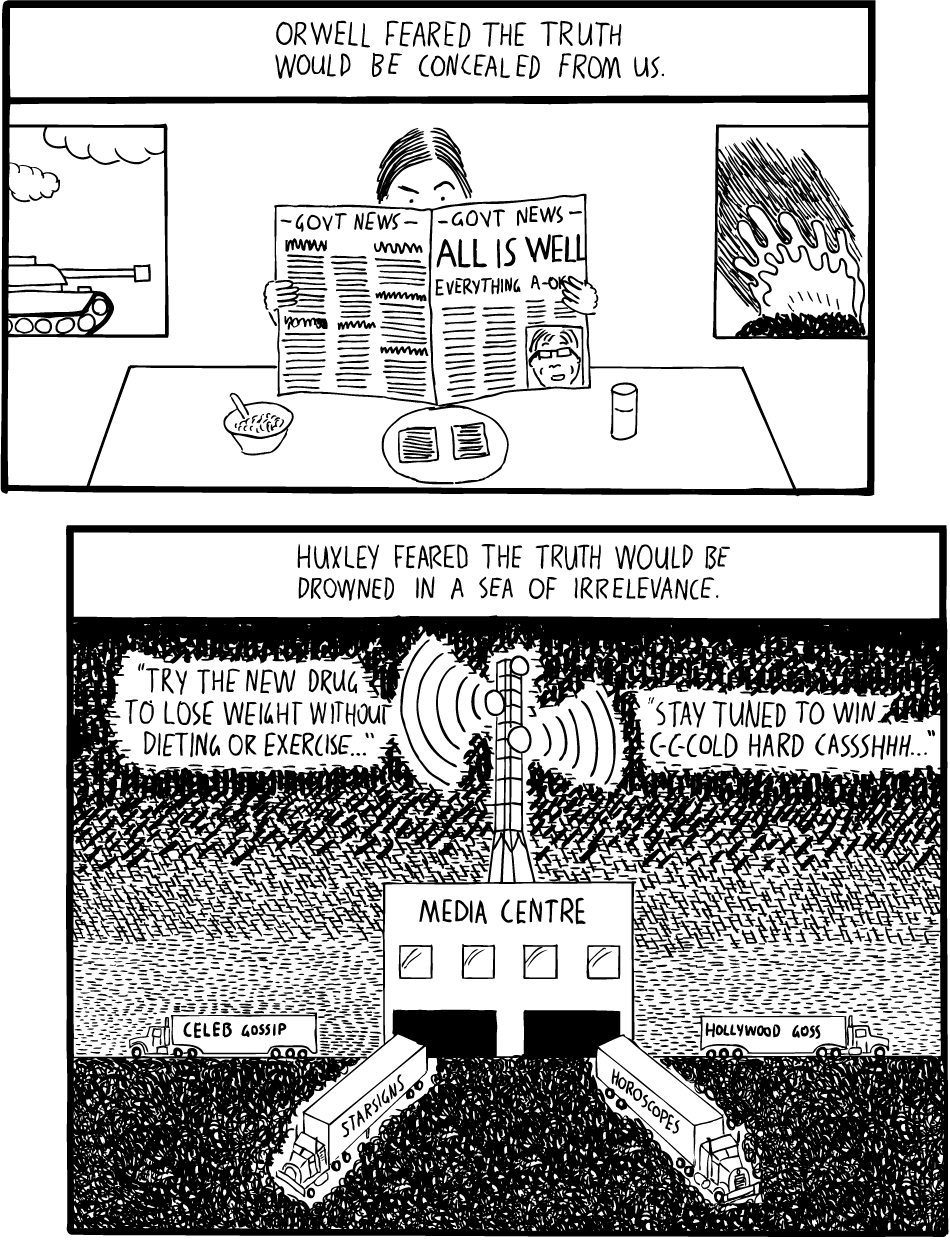The situation in northeast Japan is grim and may soon get worse.
At the time of this writing, the earthquake and resulting tsunami has led to early estimates between 900 and 1,800 dead. That does not include the nearly 9,500 people unaccounted for in the coastal town Minamisanriku. Japanese authorities are also presuming that two nuclear reactor meltdowns may already be underway. Broadcast media have already speculated on the possibility of another Chernobyl-like disaster.
The people of Japan will need help. If history is a guide, help will come. It will come from the U.S. and other governments. It will come from citizen donations that will funnel through charitable, religious and disaster-aid organizations. It will also come from emergency management and corporate citizen efforts of many companies that have the resources to pitch in.
I’ve written many “natural disaster” crisis communications plans for organizations. Below, I provide a brief summary of the typical contents of these plans. Perhaps this summary can help an organization that wants to pitch in – but may not know how to start organizing.
These plans are typically split into two halves:



 Last August, I wrote
Last August, I wrote 

